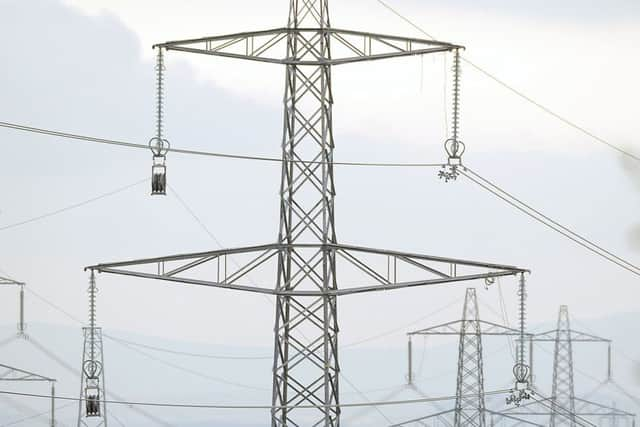Nature tourism plan to bring new hope to jobs blackspot


Research by an academic living in Dumfries and Galloway suggests the region, which has one of the highest unemployment rates north of the Border, could capitalise on its natural assets to provide long-term opportunities for the future.
Author of the study Alan Jones, a chartered engineer and environmental campaigner from Dunscore, near Dumfries, believes eco-tourism has massive potential to bring much-needed jobs and income to the area as well as preserving the local environment.
Advertisement
Hide AdAdvertisement
Hide AdNature-based tourism is often described as responsible travel to areas of high environmental value, which conserves nature and improves the welfare of local people. It relies on the natural attractions of an area.


Dumfries and Galloway was recently named UK Holiday Destination of the Year by viewers of the BBC programme Countryfile.
The region has the lowest carbon footprint of all of Scotland’s 32 council areas and is second overall in the UK.
It already attracts visitors for its historic and cultural heritage, as well as diverse wildlife, good walking routes, camping, fishing and stargazing at the country’s first Dark Sky Park.
But estimates suggest at least 3,800 people are currently out of work in the region, a figure that has doubled in the past few years and is higher than the Scottish average.


The population is also dwindling as young people move away to find jobs.
In his paper, which has been submitted to Dumfries Chamber of Commerce, Jones suggests the region’s unique qualities offer opportunities for increasing income and employment from a growing tourism sector that last year contributed more than £300 million to the economy and saw more than two million people visit the region.
“Tourism is therefore an increasingly important component of Dumfries and Galloway’s rural economy, both in terms of jobs and wealth creation,” he said.
Advertisement
Hide AdAdvertisement
Hide Ad“Dumfries and Galloway is consequently well placed to capitalise on its ‘green’ credentials by attracting increasing visitor numbers to the region from the multi-billion pound wave of eco-tourism sweeping the world.
“It has the potential to become the eco-destination of choice in both Scotland and Europe. This would provide an exciting future for the region.”
However, Jones warned that plans for a 100-mile network of 50-metre-tall electricity pylons from South Ayrshire to England will scar the pristine countryside and could turn visitors away.
Campaign group DumGal Against Pylons, of which Jones is a member, fears the planned scheme will become like the controversial Beauly-Denny line, which cost almost double the original estimates and locals say is a blight on the Highland landscape.
The National Trust for Scotland (NTS) has also objected to proposals for the new line, which will replace an 80-year-old network that is approaching the end of its operational life.
The existing 132,000-volt system was built in the 1930s. Now electricity distributor ScottishPower Energy Networks (SPEN) plans to replace it with a high-voltage line running from Auchencrosh in South Ayrshire to Harker in Cumbria.
The protesters are proposing sub-sea cabling as a less intrusive alternative to the massive overhead lines.
They believe bill-payers would be prepared to pay more for their power in order to preserve the landscape.